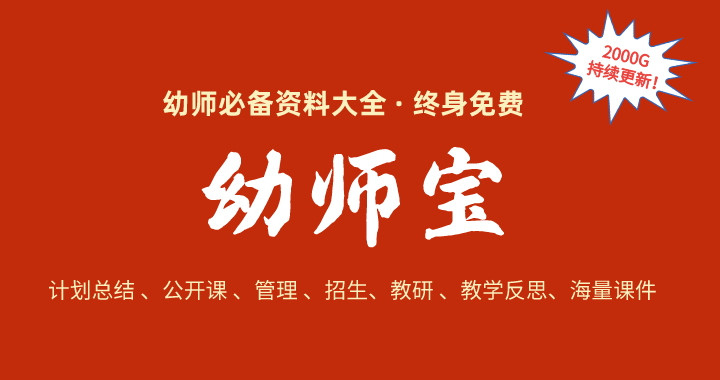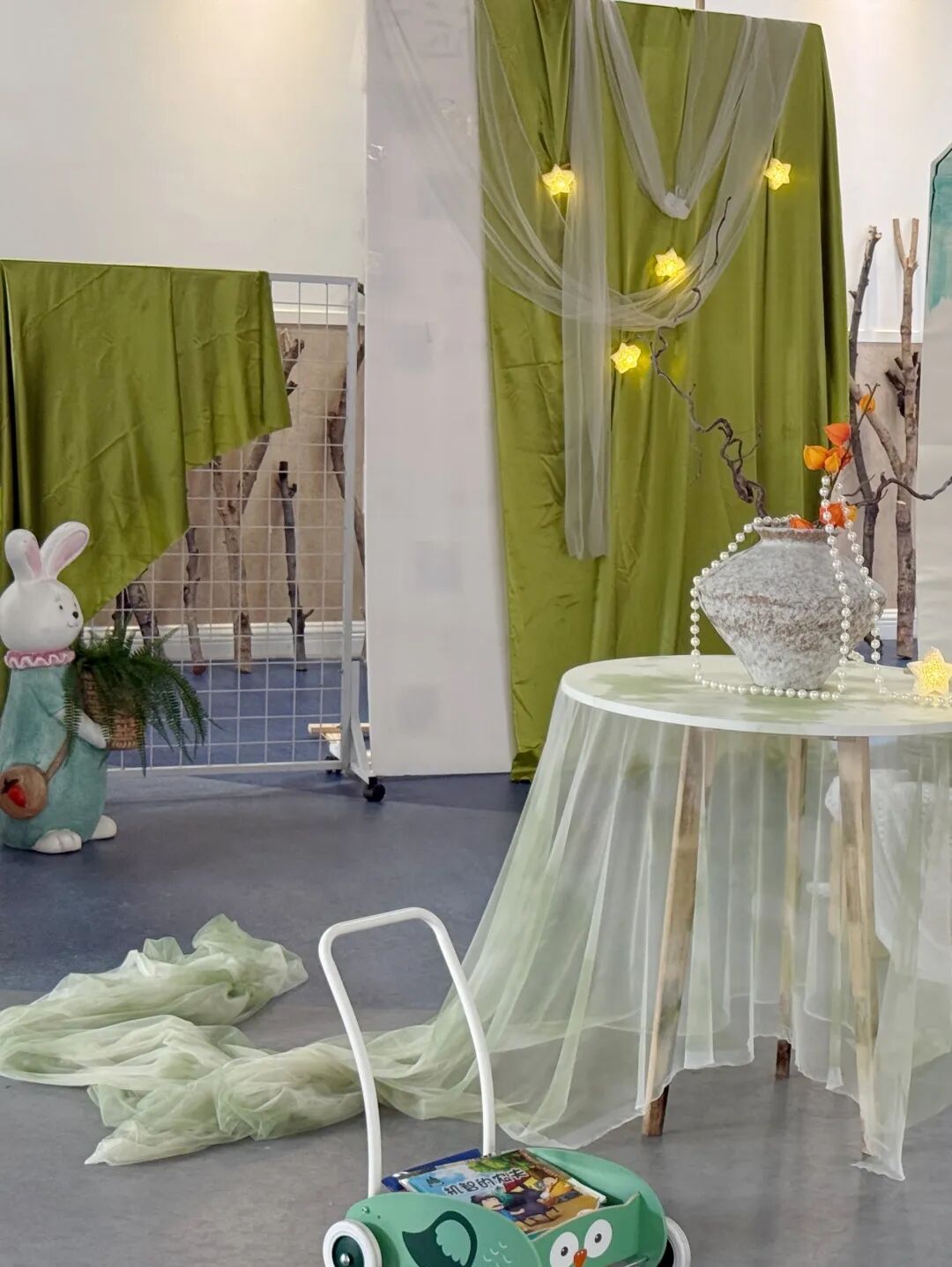9月份我园开展的果园基地采摘、食育教育活动,让孩子们对食物的制作过程、农作物的种植与采摘产生强烈的好奇心,激发了孩子们对农作物知识的探究欲。为了一探农作物与农业的奥秘,我园组织小朋友们前往中国农业博物馆,了解中国农业的历史发展进程,感受农业种植的魅力。
In September, our garden carried out the orchard base picking and food education activities, so that the children have a strong curiosity about the food production process, the planting and picking of crops, and stimulate the children’s desire to explore crop knowledge. In order to explore the mysteries of crops and agriculture, our garden organized children to go to the China Agricultural Museum to understand the historical development process of Chinese agriculture and feel the charm of agricultural planting.
农业-与我们的衣食住行息息相关
Agriculture – is closely related to our food, clothing,
housing and transportation
中国农业博物馆丰富的馆藏诉说着农业大国的古往今来,展示我国悠长绵延的农业历史和灿烂辉煌的农业文明。秋高气爽,气候宜人,我们相约在中国农业博物馆,一起追寻农业历史,品味丰富的农业大餐,感受中华传统农业文化。孩子们一路欢歌笑语,带上寻找“我最喜欢…”的小任务,怀着激动的心情,踏上了今天的中国农业博物馆之旅。
The rich collection of the China Agricultural Museum tells the ancient and modern history of agricultural powers, showing China’s long agricultural history and splendid agricultural civilization. With a crisp autumn air and a pleasant climate, we met at the China Agricultural Museum to pursue agricultural history, taste rich agricultural feasts, and experience traditional Chinese agricultural culture. The children sang and laughed along the way, brought the small task of finding “my favorite…” and embarked on today’s tour of the China Agricultural Museum with excitement.
|
|
|
|
|
|
中华民族是一个农耕民族,在农业文明发展的进程中,产生了中国古代农业四大发明,分别是稻作栽培、大豆生产、养蚕缫丝和种茶制茶。在不同时期也产生了为农业发展做出贡献的人物,以及在农业生产技术、家畜驯养、纺织技术等方面,我们的祖先都取得了辉煌的成就,极大的促进了中华民族的繁荣与发展。
The Chinese nation is an agrarian nation, and in the process of the development of agricultural civilization, four major inventions of ancient Chinese agriculture have been produced, namely rice cultivation, soybean production, silk breeding and tea making. At different times, we have also produced figures who have contributed to agricultural development, and our ancestors have made brilliant achievements in agricultural production technology, livestock domestication, textile technology, etc., which have greatly promoted the prosperity and development of the Chinese nation.
Farming culture – contains the wisdom and
art of production and life
走进中华农业文明馆,可以了解到从古至今我国农业发展的变化是怎样的,感受农业文明的演进过程。民以食为天,从粮食品种演进来看,“五谷”的定义不断地变化:粟、黍、稷、稻、菽(大豆)、大麦、小麦、薏苡、麻等。随着现在生活水平的提高,吃的粮食越来越精细,但我们更需要引导幼儿做到健康饮食、均衡膳食,做到粗细粮搭配,提高幼儿身体免疫力,让宝贝们都能身体棒棒!
Walking into the Chinese Agricultural Civilization Museum, you can learn how China’s agricultural development has changed from ancient times to the present, and feel the evolution process of agricultural civilization. From the perspective of the evolution of grain varieties, the definition of “five grains” is constantly changing: millet, millet, millet, rice, anthracite (soybean), barley, wheat, coix, hemp, etc. With the improvement of living standards now, the food eaten is becoming more and more fine, but we need to guide children to achieve a healthy diet, a balanced diet, to achieve the combination of coarse and fine grains, improve children’s body immunity, so that babies can be in good health!
|
|
|
|
|
|
孩子们参观的特别认真,来到了中国传统农具陈列馆,看到不同功用、类型、式样的传统农具,从古代的镰刀斧头到新时代的机械化农具,孩子们用心、用眼深入了解农耕文化的历史。在惊叹中国传统农具成就的同时,也了解到农业生产的具体工序,如:整地、播种、田间管理、灌溉、收获、运输、脱粒、加工、称量……这些工序激发了孩子们对农耕文化的好奇心,他们将带着这份好奇心探索奇妙的农业科学世界。
The children visited very seriously, came to the Chinese Traditional Agricultural Tools Exhibition Hall, and saw the traditional agricultural tools with different functions, types and styles, from the ancient sickle and axe to the mechanized agricultural tools of the new era, and the children deeply understood the history of farming culture with their hearts and eyes. While marveling at the achievements of traditional Chinese agricultural tools, they also learned about the specific processes of agricultural production, such as: land preparation, sowing, field management, irrigation, harvesting, transportation, threshing, processing, weighing… These processes stimulate children’s curiosity about farming culture, and they will use this curiosity to explore the wonderful world of agricultural science.
|
|
|
|
|
|
土壤标本馆以土壤为主要载体,辅助以典型特征的相关农作物,利用文字、图表、模型、绘画、音像和多媒体技术,以及一些互动项目,全方位介绍土壤的相关知识,增强了孩子对土壤的认知,培养了孩子对中国丰富的土壤资源的自豪感,引导孩子逐步培养保护土壤、保护环境的意识。
The Soil Herbarium takes soil as the main carrier, assists related crops with typical characteristics, uses text, charts, models, paintings, audio-visual and multimedia technologies, and some interactive projects to introduce the relevant knowledge of soil in an all-round way, enhances children’s understanding of soil, cultivates children’s pride in China’s rich soil resources, and guides children to gradually cultivate the awareness of protecting soil and protecting the environment.
|
|
|
|
|
|
随着时代的变迁,彩陶作为中华民族的文化瑰宝,制陶技艺日渐精湛。孩子们参观了不同时期的彩陶,并学习了远古彩陶及其发展历程,提升了审美素养,同时更加深刻地理解了彩陶与远古农业之间的紧密联系。
With the changes of the times, as a cultural treasure of the Chinese nation, faience pottery has become more and more exquisite. The children visited the faience of different periods, learned about ancient faience and its development, improved their aesthetic literacy, and gained a deeper understanding of the close connection between faience and ancient agriculture.
|
|
|
|
|
|
走进农业科普馆,孩子们在“好看又好玩,动手又动脑”中了解农业科学知识,孩子们可以推动耧车,体验旱地播种,推动曲辕犁,体验水田耕地。还可以进到“智能时尚拍餐厅”,了解肉类、蔬菜类、水果类和主食的营养成分及价值等。
Walking into the Agricultural Science Popularization Hall, children can learn about agricultural science knowledge in “beautiful and fun, hands-on and brain”, children can push the cocoon car, experience dryland sowing, push the curved plow, and experience paddy cultivation. You can also enter the “Smart Fashion Restaurant” to learn about the nutritional content and value of meat, vegetables, fruits and staple foods.
农业学习小达人-将所学所感体现在行动中
Agricultural learning masters –
put what they learn and feel into action
能够亲身体验,带给儿童的影响是书本和教室场景中的知识所不具备的。在参观过程中,农耕文物让孩子们大开眼界!有的小朋友在大巴车上便开始兴奋地与同伴分享自己的参观感受和最喜欢的展馆、展品等;有的小朋友把参观见闻一回家便分享给自己的家人;还有的孩子用绘画、手工制作的形式,设计、制作属于自己的小农具……大自然的材料已经打开了孩子们的想象力、创造力与艺术表现力,所有人都在为探索而丰富着自己的知识经验。
Being able to experience it first-hand has an impact on children that is not available in books and classroom scenes. During the tour, the farming artifacts were an eye-opener for the children! Some children began to excitedly share their visiting feelings and favorite pavilions and exhibits with their peers on the bus; Some children shared their visits with their families as soon as they returned home; There are also children who use drawings and handmade forms to design and make their own small farming tools… Nature’s materials have opened up children’s imagination, creativity and artistic expression, and everyone is enriching their knowledge and experience for exploration.
|
|
|
|
|
|
锄禾日当午,
汗滴禾下土。
谁知盘中餐,
粒粒皆辛苦。
《悯农》这首诗,是孩子们最早接触的古诗之一,老师用背诵诗歌的方式,教会孩子们懂得珍惜每一粒粮食的可贵。孩子们纷纷表示更加认识到粮食的来之不易,今后将能够做到珍惜粮食,并能争做光盘小达人。
On the afternoon of hoeing day,
Sweat drops into the soil.
Who knows the food on the plate,
It’s hard work.
The poem “Compassionate” is one of the earliest ancient poems that children have come into contact with, and the teacher uses the way of memorizing poetry to teach children to know how to cherish the preciousness of each grain. The children expressed that they are more aware of the hard-won nature of food, and will be able to cherish food in the future and compete to be disc masters.
教育不只是从外向内的浸染,也应该有从内向外的宣泄。宣泄、释放、探索,体验的快乐,体现的是从内向外的表达。社会实践的意义在于拓宽了孩子们的认知层面,他们接受到的所有事物都会深深的刻在心里,在孩子的心中一朵花的盛开,或是一粒种子的传播都蕴藏了无数的奥秘,留给孩子的将是无限的探索空间。
Education is not just about immersion from the outside in, but also about catharsis from the inside out. The joy of catharsis, release, exploration, and experience is expressed from the inside out. The significance of social practice is to broaden the cognitive level of children, all the things they receive will be deeply engraved in their hearts, in the hearts of children, the blooming of a flower, or the spread of a seed contain countless mysteries, leaving children with unlimited space for exploration.
|
|
|
|
|
|
中华农业文明历史悠久、源远流长。农业文明背后并不是简单的种瓜得瓜、种豆得豆,更是蕴藏着无限的劳动智慧与魅力。常言道:“四体不勤,五谷不分”,如今却成为了普遍现象。不仅仅是我们的孩子,很多大人都分不清常见的农作物,从粮食到餐盘上的食物,社会分工越来越专,农业文明也离我们越来越远。让我们一同追寻农耕历史,做中华传统农耕文化的传承人。
Chinese agricultural civilization has a long history and a long history. Behind the agricultural civilization is not simply planting melons to get melons, planting beans to get beans, but also contains unlimited labor wisdom and charm. As the saying goes: “If the four bodies are not diligent, the five grains are not divided”, but now it has become a common phenomenon. Not only our children, but many adults can’t tell the difference between common crops, from grain to food on the plate, the social division of labor is becoming more and more specialized, and agricultural civilization is getting farther and farther away from us. Let us trace the history of farming together and be the inheritors of traditional Chinese farming culture. Let us trace the history of farming together and be the inheritors of traditional Chinese farming culture.
|
|
|
|
|
|
扫描下方二维码
了解更多
望京园 Baston.Hope Kingdom:
(010) 64739197 64733884
太阳园 Baston.Sun Palace:
(010) 84413316 84413326
无限园 Baston. Infinity Plaza:
(010) 85738380 85738379
欧陆园 Baston.European Land:
(010) 58236013 59273452
绿城园 Baston.Green Town:
(010) 89316473 89316474
华溢园 Baston.Brilliant City:
(010) 59214810 59214820
首创园 Baston.Creation Square:
(0354) 2516655
培懿园 Baston.Virtue Garden:
(0754) 82772212 82772216
御景园 Baston.Empery Garden:
(0316) 2128662 2128379











